AI-powered sprints for the age of rapid change
Yesterday: 6 months to validate an idea
Today: 2 weeks with AI acceleration
Tomorrow: Your product in market
Sprint Schedule
Sample structure for a 4 week sprint:
3 workshops, 20 hours coaching + AI-powered analysis
What makes this schedule different
AI-enhanced sprints
Co-Intelligence bridges the gaps of traditional innovation sprints by combining human creativity with AI's analytical power. While traditional methods suffer from limited validation and manual processes, and pure AI lacks human insight, our approach leverages the strengths of both: AI handles data-intensive tasks, pattern recognition, and rapid analysis, while humans provide strategic context, empathy, and intuitive decision-making. The result is a dynamic sprint methodology that delivers 60% faster concept development, double the success rate, and creates a robust web of validation that gives teams real confidence in their innovative direction.
For teams
Less time searching, more time deciding
Real-time feedback on ideas
AI handles data grunt work
Focus on strategic choices
Prerequisites and gains
Required from your side
2-4 dedicated team members
Access to customer data and feedback
Decision-making authority
Openness to AI-enhanced methods
For stakeholders
Evidence-based progress updates
Clear success metrics
Risk reduction through data
Faster time to market
What we provide
Expert coaching
All workshop materials
Continuous AI analysis
Results dashboard
Who this is for
This sprint is for product teams with bold ideas who need evidence, not assumptions. You've got a promising concept and you need validation in weeks, not months. Perfect for innovation leaders and product teams who want to combine their expertise with AI's analytical power to make better decisions faster. Not for teams wanting AI to make all decisions or those unwilling to talk to real customers.Not quite there yet?
Contact us to discuss how to prepare your team for innovation
Sprint success stories
Each sprint was tailored to specific needs while maintaining our core principle: combining human creativity with AI-powered insights to move fast and reduce risk.
-
Transformed 220 employee ideas into actionable innovation projects through a hybrid sprint approach. Combined crowdvoting, lean startup coaching, and virtual team support to help employees turn digital transformation concepts into pitch-ready proposals. "Surprising experience on converting ideas into reality," shares one researcher. Our two-day lift-off workshop and on-demand coaching equipped teams with startup mindset and tools, while weekly online reviews kept momentum high: "Helped me learn to think in business models and guided us toward the right direction." Result: Employee-driven innovation pipeline with validated concepts ready for leadership backing.
-
Led multiple 4-week sprints to revolutionize digital education, including an award-winning Abitur app for one of the top three publishing educational content providers in Germany. Teams went from concept to validated prototypes for mobile learning experiences in math and English. The result: An engaging app that turns wait times into learning opportunities, perfectly aligned with curriculum requirements. Special focus on user experience made studying feel less like work and more like progress.
-
Accelerated diabetes care innovation through a focused 2-week sprint. Challenge: Help diabetics better estimate carbs and monitor glucose levels. The team rapidly prototyped and tested solutions for simplifying daily diabetes management. By putting users first and moving fast, we helped mySugr validate concepts that would directly impact glycemic control and quality of life. Result: Validated solutions that made complex diabetes management tasks feel effortless. Turned a quarter-long OKR planning cycle into an energized 3-day sprint. Challenge: Get product and engineering teams to collaboratively solve the right problems and connect work to company goals. Through structured problem exploration and interactive sessions, teams gained deep understanding of strategic choices before diving into solutions. Result: Engineers co-wrote OKRs with clear ownership, could explain "the why" behind priorities, and started their quarter with shared purpose. As one participant noted: "We developed a deep understanding of the problem before jumping to solutions."
-
Guided Kiron's first cross-functional design sprint to reimagine digital learning for refugees. The challenge: transform complex educational content into accessible programs for users with limited internet access and language barriers. In 5 days, we helped their newly-formed team (product, curriculum, UX, development) prototype and validate a new short study program format. Key innovations: daily stand-ups for team alignment, culture mapping for psychological safety, and micro-sprints for rapid prototyping. Result: A validated learning format that fits refugees' complicated situations and a new blueprint for cross-functional collaboration at Kiron.
-
Guided Zalando's AI team through a discovery sprint to tackle the complex challenge of online shoe sizing. The problem: inconsistent sizing across brands was driving high return rates and customer frustration. Instead of jumping to solutions, we helped the team deeply understand the problem space first - analyzing return patterns, customer behavior, and sizing inconsistencies across brands. Through structured discovery, the team identified key opportunity areas that later evolved into an AI-powered sizing solution. "The action-oriented teaching style and deep knowledge helped our innovation coaches embrace new thinking," says their Head of Innovation. Result: A path to 10% reduction in size-related returns while improving the customer experience. The sprint laid the groundwork for Zalando's expanded AI sizing initiatives across categories.
-
Transformed how a German engineering powerhouse builds software through a high-stakes 3-day innovation sprint. Challenge: Bridge the gap between 20,000 IoT developers and corporate IT. In just three days, we guided 50 software engineers and IT experts from frustration to collaboration, designing the future of Bosch's developer workplace. The event live-streamed to 1,000 viewers, garnered immediate management buy-in, and launched multiple transformation projects. As their solution manager put it: "From frustrated developers and resigned infrastructure experts at day one to a motivated group of innovators who want to solve challenges together."
-
Co-designed and powered inCube, a revolutionary 6-month innovation program turning employees into entrepreneurs. "The methodology brought everyone up to speed quickly. It's amazing how fast you develop skills with the right structure and tools," notes Ellie Amirnasr, now CEO of qlair, one of the program's success stories. From program design to participant selection, we helped create a startup environment within a global corporation. Teams relocated to Silicon Valley, working like true startups while receiving expert coaching. Result: Multiple ventures launched, including Streametric (industrial IoT) and qlair (air quality monitoring).
-
Guided a one-day innovation sprint with OLX's global product team to reimagine marketplace safety. Challenge: Pioneer next-generation trust features that enhance rather than restrict the user experience. Through structured discovery and creative reframing, eight product managers from different countries collaborated to design safety-first solutions. The team developed a new "safety by design" framework that integrates trust-building elements from the earliest stages of product development. "Instead of adding safety features later, we're now designing trust-building elements into our products from day one," notes their Product Lead. Result: New approach to proactive safety features that enhance user experience, plus an innovative discovery framework now used across product teams for safety-first design thinking.
-
Orchestrated innovation sprints for 90+ teams, tackling challenges from digital train twins to rural mobility. "A powerhouse of idea generation that creates more perspectives and solutions in hours than most lengthy workshops achieve in weeks," notes their Lead Product Manager. Result: Established sustainable innovation culture while delivering concrete digital solutions.
-
Transformed complex filter sales into a user-friendly digital solution in just 4 weeks. The team went from idea to validated DIY configurator prototype, enabling customers to design custom filter solutions. "We strategized, created and tested a valuable product prototype in weeks instead of months," shares their Digital Innovation Manager. "The coaches guided our team brilliantly through this process with lots of empathy and experience." Result: Validated configurator ready for development, new digital sales channel confirmed.
-
Upskilled product and design teams through hands-on sprint coaching. "The PoDojo team was top of mind during our coach search," says Tanya Höpker, Head of Product Management. "Stefan guided us in ideation, interviewing, design sprints and conceptualization." Result: Teams now confidently running their own discovery sprints.
What our customers ar saying
Would you like to learn more?
We are much looking forward to talking to you soon!
Clients who have done the Product Innovation Sprint





















